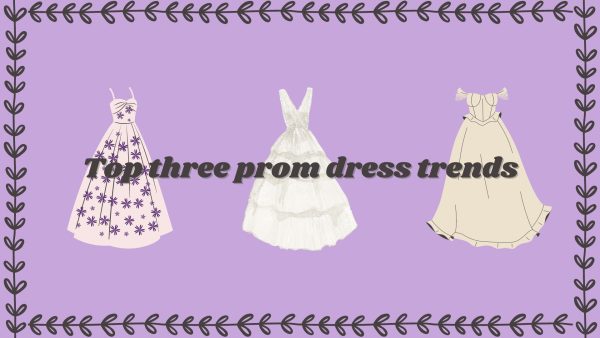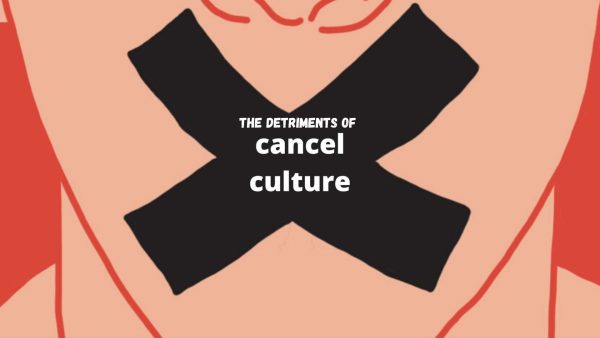Dress code enforcement sparks backlash
September 16, 2019
NC administration issued a warning early on in the school year that told of stricter dress code enforcement. Students used to a more lax dress code thought little of the announcement, continuing to wear clothes they chose for comfort or fashion. On August 19, these same students received a shock. As promised, administrators monitored the swarms of kids arriving at school from buses and cars that Monday morning, pulling any and all of those who violated the dress code.
Students—overwhelmingly female—lined the halls in the front of the school, waiting to call home for a change of clothes. A portion of kids kept a change of clothes on them and only received a warning. However, students unable to rectify their dress code violation immediately waited in the hall or in offices until their change of clothes arrived.
“A lot of it [the new dress code] is actually the same as it was before, it’s just now being more strictly enforced,” Magnet senior Carsynn Miller said.
Expectedly, the new enforcement met fierce backlash from the student population. Murmurs passed through school all day and every day following, expressing everything from annoyance to outrage. In particular, girls from all grades reported feeling targeted, stating that the code unfairly affected them.
“If you see a boy sagging, all [administrators] do is tell them to pull up their pants— they barely get dress coded for it. But where is that when I have on a pair of shorts that could easily be pulled down? Where is that equality?” junior Alainna Tombs said.
The code’s inherent gender disparity forms the crux of the controversy among the student population. There exists a striking difference in feminine and masculine clothing cuts, the latter of which fits significantly better for abiding by dress code. Regardless of the underlying reasons behind differences in men’s and women’s’ clothing, the fact remains that feminine cuts tend to fall shorter on the thighs and lower on the neckline.
“I think guys have an advantage [in following the dress code] because guys’ clothes are built for all types of bodies. If you’re a guy and you’re skinny you can wear a pair of gym shorts and the same goes for thicker guys. If you’re a girl, you’re not going to get away with that same stuff because girls have very, very sizeist clothing. Girls’ shorts are made shorter and a lot of girls don’t have many options. So, yes, girls can wear jeans, but on hot days, especially in the summer, they’re not going to go for baggy gym shorts. They want to wear clothes that they like and feel good in. By cutting down on feminine cuts, its disproportionately affecting girls,” Magnet senior Chandler Quaile said.
Students often find grievances with the fingertip rule: the impact of this weighing more heavily on girls, with a multitude of body types and arm lengths, versus boys. This creates an unfair standard, not just between boys and girls, but, even more unfairly, amongst the girls themselves. For girls, fashion choices dictate a limited number of options allowing them to adhere to the dress code while feeling comfortable and pleased with the clothes they wear. On the other hand, school districts mandate dress code, with the expectation that all schools implement and enforce them
“The Cobb County School District has a minimum [requirement] for dress code where it is in the student code of conduct to have an adherence to some version of a dress code, whether it be the district policy or different. Last year we said there were no spandex shorts and then this year we changed it so that you can wear spandex, we just want a longer t-shirt with that. So, we do have some local control, it varies from school to school,” Principal Matthew Moody said.
Principal Moody, along with his team, decided the punishments for dress code violations should not take away from a student’s education. For the first violation the student receives a warning, then detention for the next three offenses, and by the fourth, they will receive in-school suspension (ISS).
“In enforcing the dress code, the thing I didn’t want to see is kids missing class time for dress code issues,” Principal Moody said.
Despite this, if a student violates the dress code and cannot immediately rectify the situation, they must miss class time to do so, whether it includes finding a change of clothes or something to cover up with.
Individual schools maintain a say in how they want to operate and enforce their dress codes and that varies county-wide. School administrations often struggle to balance student wants with county mandates.
“The thing about dress code is that it’s reactive. We don’t really know what ‘the style’ is until it shows up,” Principal Moody said.
The human element also plays a huge part in enforcement: certain teachers and administrators may enforce policies like dress code more strictly, while others choose not to. Although simply inescapable, that kind of unevenness can cause students to claim unfairness and bias.
When looking at both sides of the argument, students’ biases will almost always land against mandated policies like dress codes, while administrators will almost always back them. This seems unavoidable, however, as high school dress codes across the nation disproportionately affect girls, an avoidable occurrence. Dress code reform could and should start at NC, because instating fairness in policies concerning student populations encourages cooperation between students and administration, leading to healthier, happier, and more successful school environments.
“For a long time, NC students have grown used to an environment where dress code wasn’t enforced and I can’t say our school is better off with these newly enforced rules. Classroom participation and behavior won’t improve because girls aren’t wearing leggings in class,” Quaile said.

















